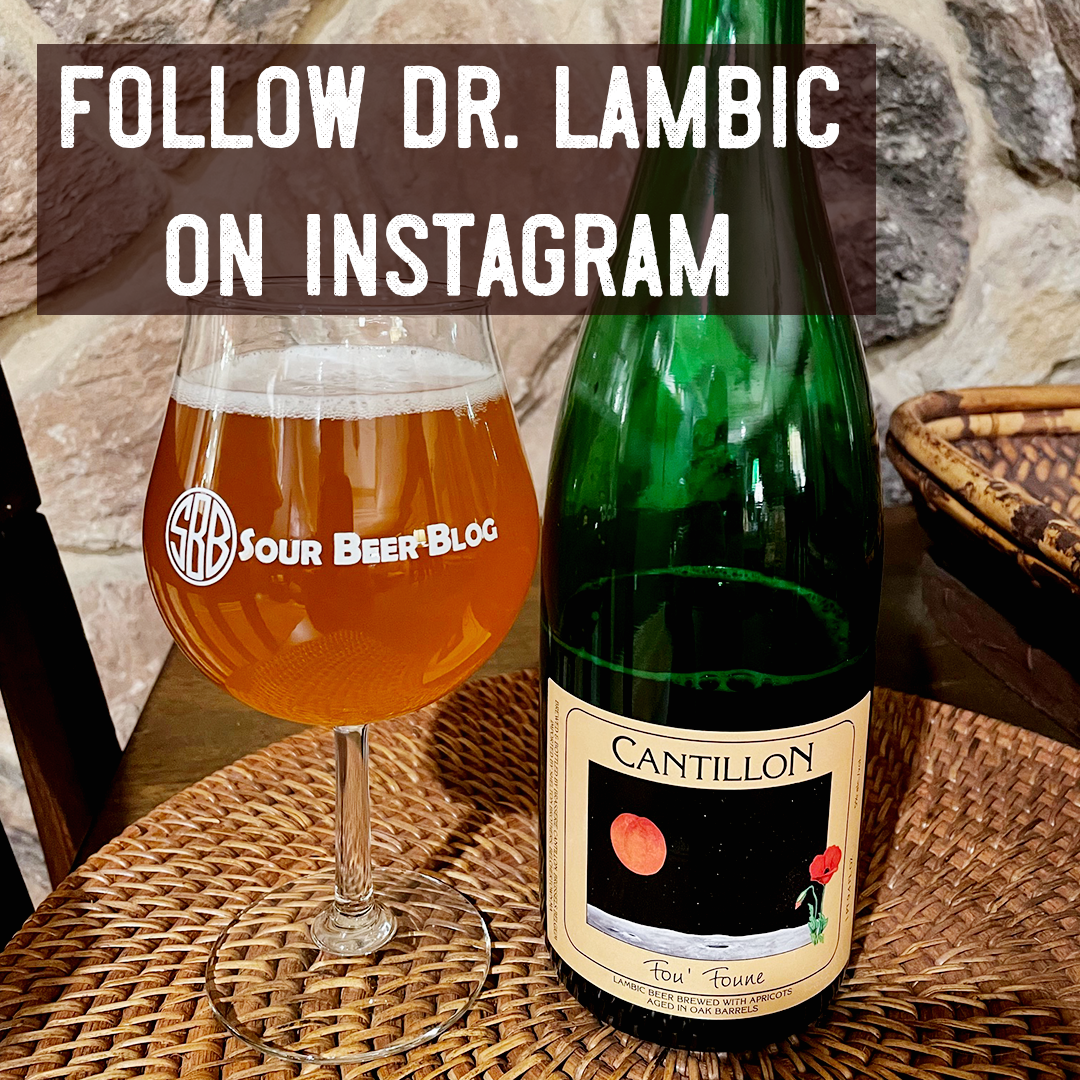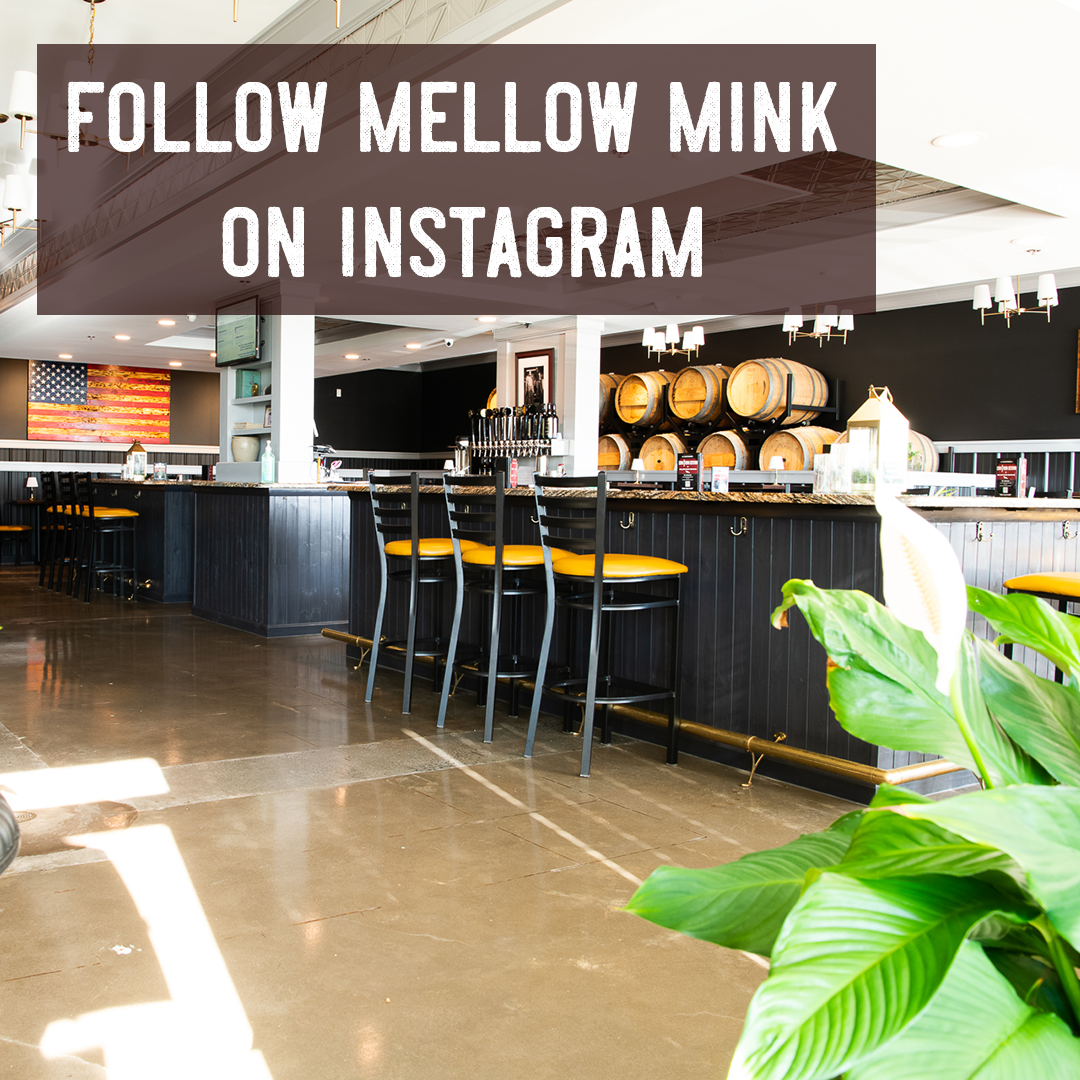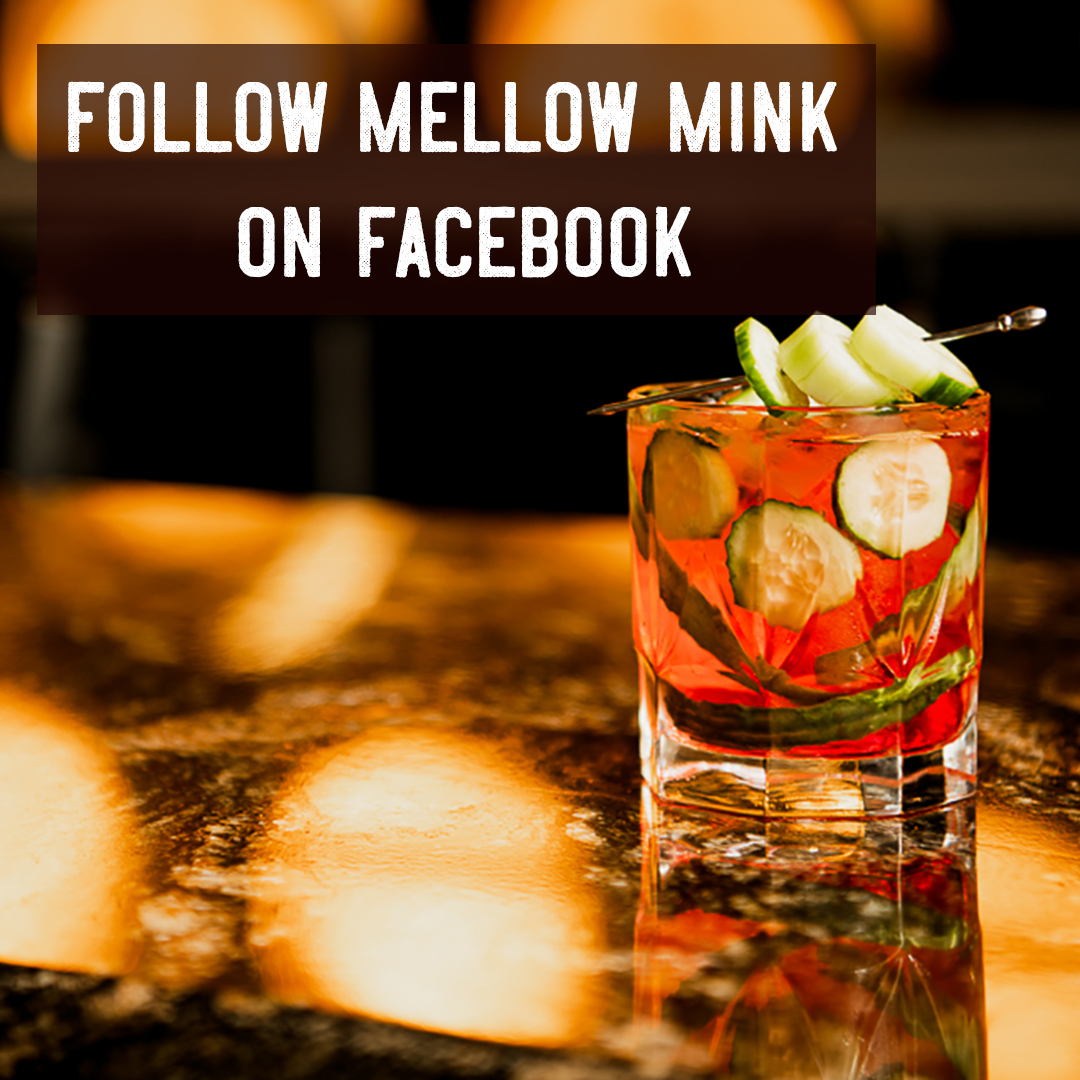Created in March, 2014, Sour Beer Blog is a website devoted to sour beer education, brewing, and celebration. To support the site and continue to provide new content, we also run a small online shop which sells sour beer themed merchandise. Our primary author, Matt “Dr. Lambic” Miller, is a brewer, freelance writer, and consultant on all topics sour beer related. We recently created a start-up sour beer news and media service which tweets @sourbeermedia. If you need to contact us for any reason, please do not hesitate to do so!

Subscribe
Today!
Subscribe to recieve new posts and occasional sour beer news via e-mail.
You have Successfully Subscribed!
Catalog of Posts
- Beer Reviews (73)
- Breweries & Blenders (63)
- Allagash (1)
- Almanac Beer Co (1)
- Anderson Valley (1)
- Bellevue (1)
- Birra del Borgo (1)
- Boulevard Brewing (1)
- Burley Oak (1)
- Cantillon (5)
- Cascade Brewing (1)
- Castle Brewery Van Honsebrouck (1)
- Cigar City Brewing (1)
- Cisco Brewers (2)
- Crooked Stave (3)
- De Brabandere Bouwerij (1)
- DeRanke (1)
- Draai Laag Brewing Co (1)
- Drie Fonteinen (8)
- Firestone Walker (1)
- Girardin (1)
- Goose Island (1)
- Gueuzerie Tilquin (1)
- Hanssen's Artisanaal (4)
- Hill Farmstead (1)
- Jester King (4)
- Jolly Pumpkin (1)
- Lindemans (2)
- Mellow Mink Brewing (1)
- Mikkeller (3)
- Mort Subite (1)
- New Belgium Brewing (1)
- Oud Beersel (1)
- Pizza Boy Brewing Company (2)
- Prairie Artisan Ales (1)
- Rodenbach (1)
- Round Guys Brewing (1)
- Russian River (3)
- Selin's Grove Brewing (1)
- The Bruery (1)
- The Lost Abbey (1)
- The Rare Barrel (2)
- Timmermans (1)
- Trinity Brewing (1)
- Upland Brewing (1)
- Upright Brewing (1)
- Vanberg & Dewulf (1)
- Westbrook (1)
- Weyerbacher (1)
- Wicked Weed (1)
- Styles (69)
- American Fruit Beer (1)
- American Sour Beer / Wild Ale (31)
- Dry Hopped Sour (5)
- Farmhouse Ale (1)
- Lambic (24)
- Framboise (2)
- Gueuze (8)
- Kriek (11)
- Other Fruit Lambic (3)
- Specialty Lambic (1)
- Méthode Gueuze (1)
- Sour Farmhouse Ale (3)
- Traditional Non-Lambic Sour (11)
- Berliner Weisse (5)
- Gose (3)
- Sour Red Ale (4)
- Breweries & Blenders (63)
- Brewing Topics (24)
- Fermentation (13)
- Ingredients (9)
- Adding Fruit to Sour Beer (7)
- Adding Oak Character (2)
- Dry-Hopping (3)
- Processes / Techniques (10)
- Recipe Design (11)
- Sensory (15)
- Dr. Lambic's Cellar (24)
- Educational Articles (30)
- Ask Dr. Lambic (2)
- Brewing & Homebrewing (24)
- Fast Souring (4)
- Sour Beer Articles (22)
- My Stories (3)
- Special Releases (6)
- Armand 4 Series (4)
- Tastings (7)
- Events (7)




